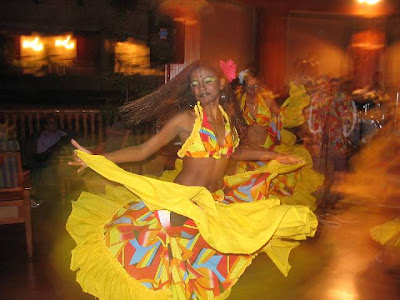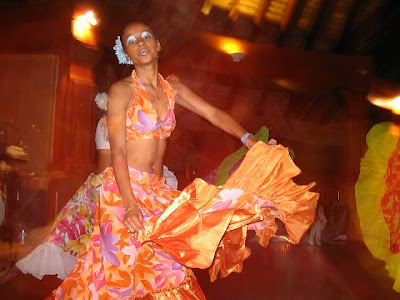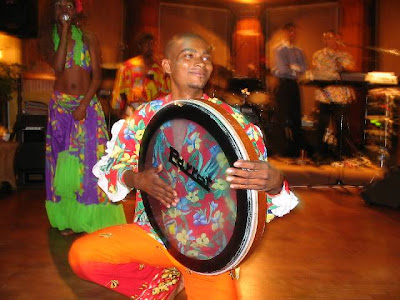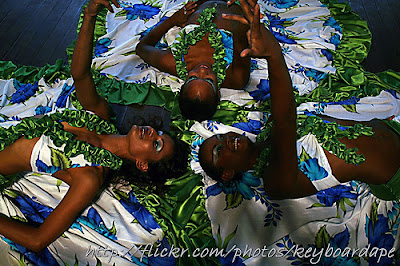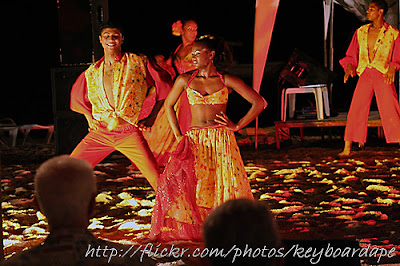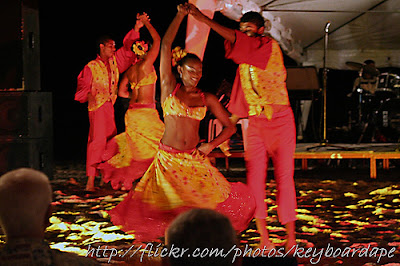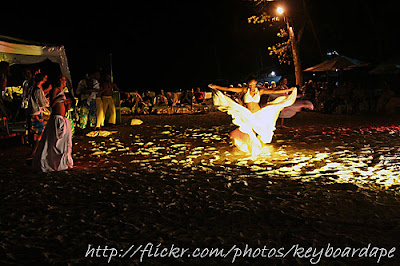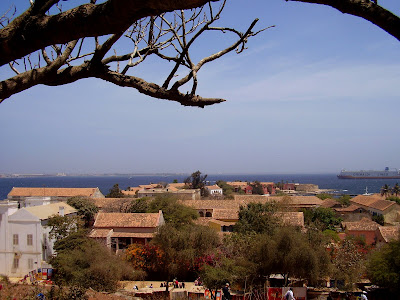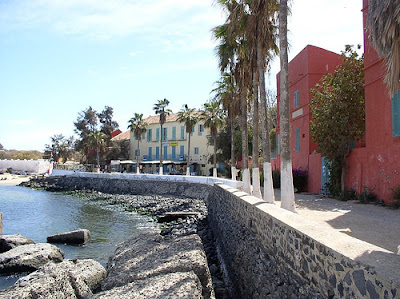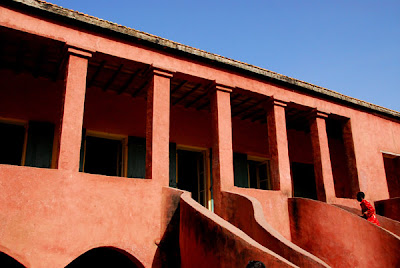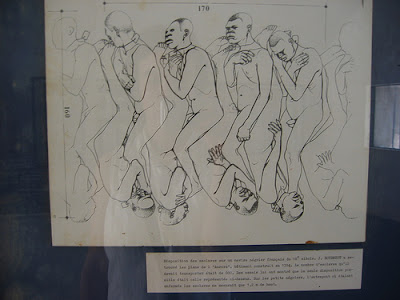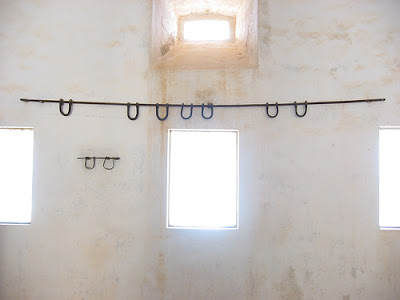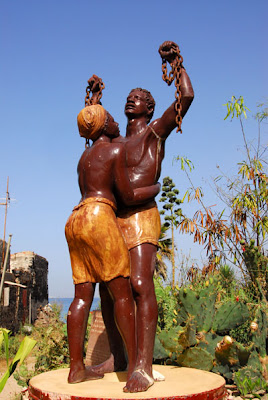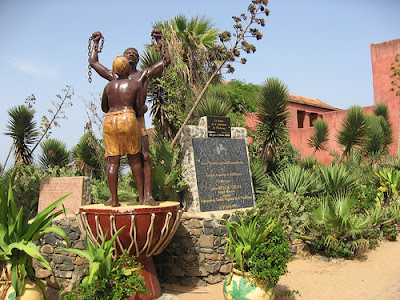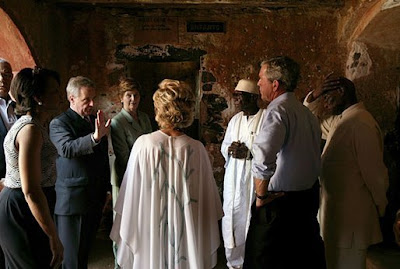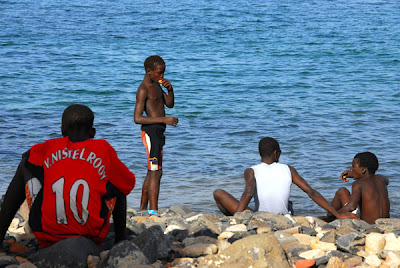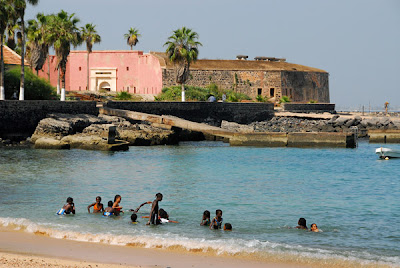THE HISTORY OF THE SEGA
"As far back as 1768, travellers to Mauritius were bringing back tales of slaves' singing and dancing which seemed to their entranced eyes so different and special.
Bernardin de St Pierre then, spoke of the slaves' passion for music and of the soft harmony of unknown instruments to match songs with every present love themes. Milber, in 1803, spoke of sensual dance steps that clearly show their warm intentions, and Rousselin, in 1860, was one of the many to be inspired to attempt the capture of the atmosphere of slave dancing in drawings. They had all witnessed the magic of the the black shega dance or music, or as it soon came to be known; the sega. They had all heard the music born of African souls soothed in their lost homelands on rapid drumbeats and pounding rhythms. African souls now caught in an island's fragrance and soft beauty. From this unison came the sega.
The dancing the travellers had marvelled at, is the body language of slaves forgetting, leaving pain and sorrow behind at the end of a hard day's work. Le Morne beach, on the south west of the island is linked to the history of sega. In its legend, the beach is moonlit and cool, a fire burns glowing over the faces, hiding the flaws of the shacks nearby. The dancers wait and watch as the musicians heat the ravane. Maybe some landlords have brought over a few friends from overseas. They too wait to watch. They may even, if they have thought to bring and offer a few rhum caskets, hear their praises being sung in Creole, raucous French cooked in African spices. The songs come straight from the singer's heart. They were in these days, hardly ever rehearsed.
Stimulated and inspired by local rum, the fishing folks gather around a camp fire and give full vent to their emotions. Very often they dance without any music at all and are accompanied only by the sound of the Ravane, the tinkling of spoons, the rattling of seeds in a tin, and the clapping of hands of spectators who eventually join in the melee."
"The dance itself is the rhythmic swaying of the hips to the pulsating rhythm of the Ravane. It starts with a gentle swaying, to a slow and solemn tune, which gradually rises, consuming the dancers and setting their bodies jerking, stretching and swaying with animated movements to keep pace with the ever-increasing tempo.
The beat creeps inside you and as your body responds to the rhythm, you are carried to heights of ecstasy, generating a vibrating force that shakes the "lead" off your feet and inspires you to a high-spirited and unrestrained way of dancing. Tiring perhaps, but ex-hilarating! Never mind if your movement does not follow the rhythm ... just carry on dancing and you will be amazed how rhythm and movement synchronize afterwards." Source http://www.encyclopedia.mu/Society/Music/History.htm
VIDEO CLIPS OF SEGA DANCING
Mauritius Sega Music (AWESOME LOVE THIS CLIP)
Amazing Mauritius ~ Sega Dance
Mauritius Pot Puri Sega
TEXT & MORE INFORMATION
http://www.edwebproject.org/mauritius/sega.html
History of Sega


